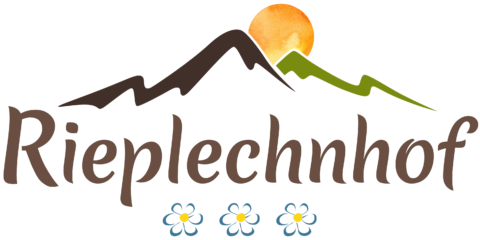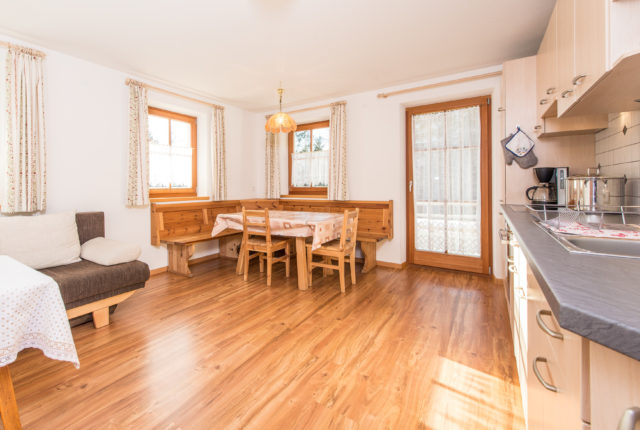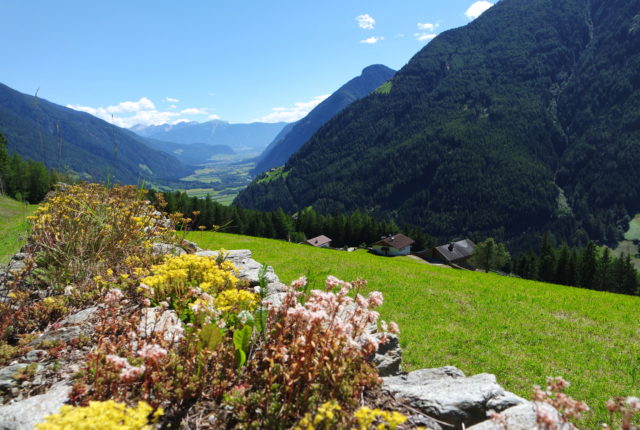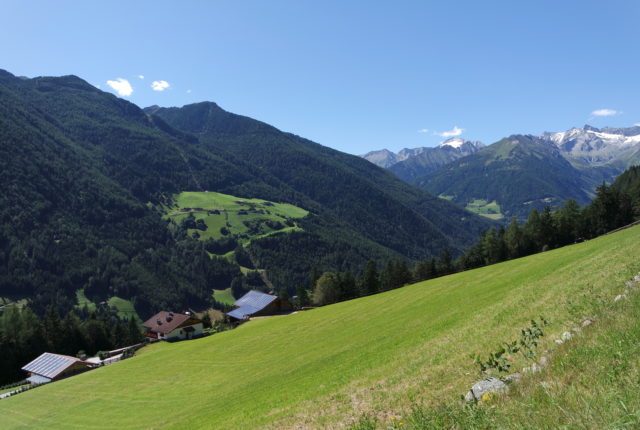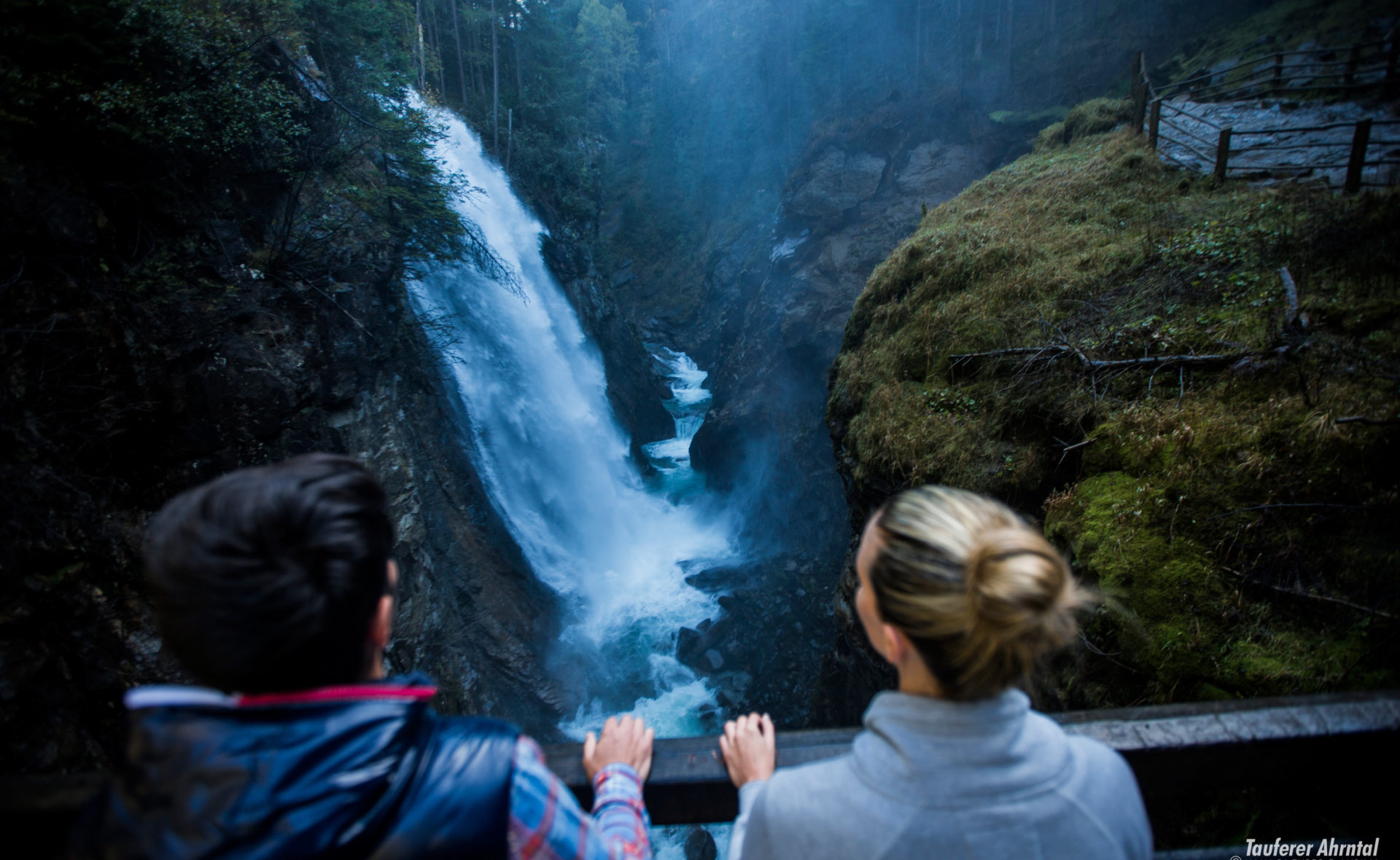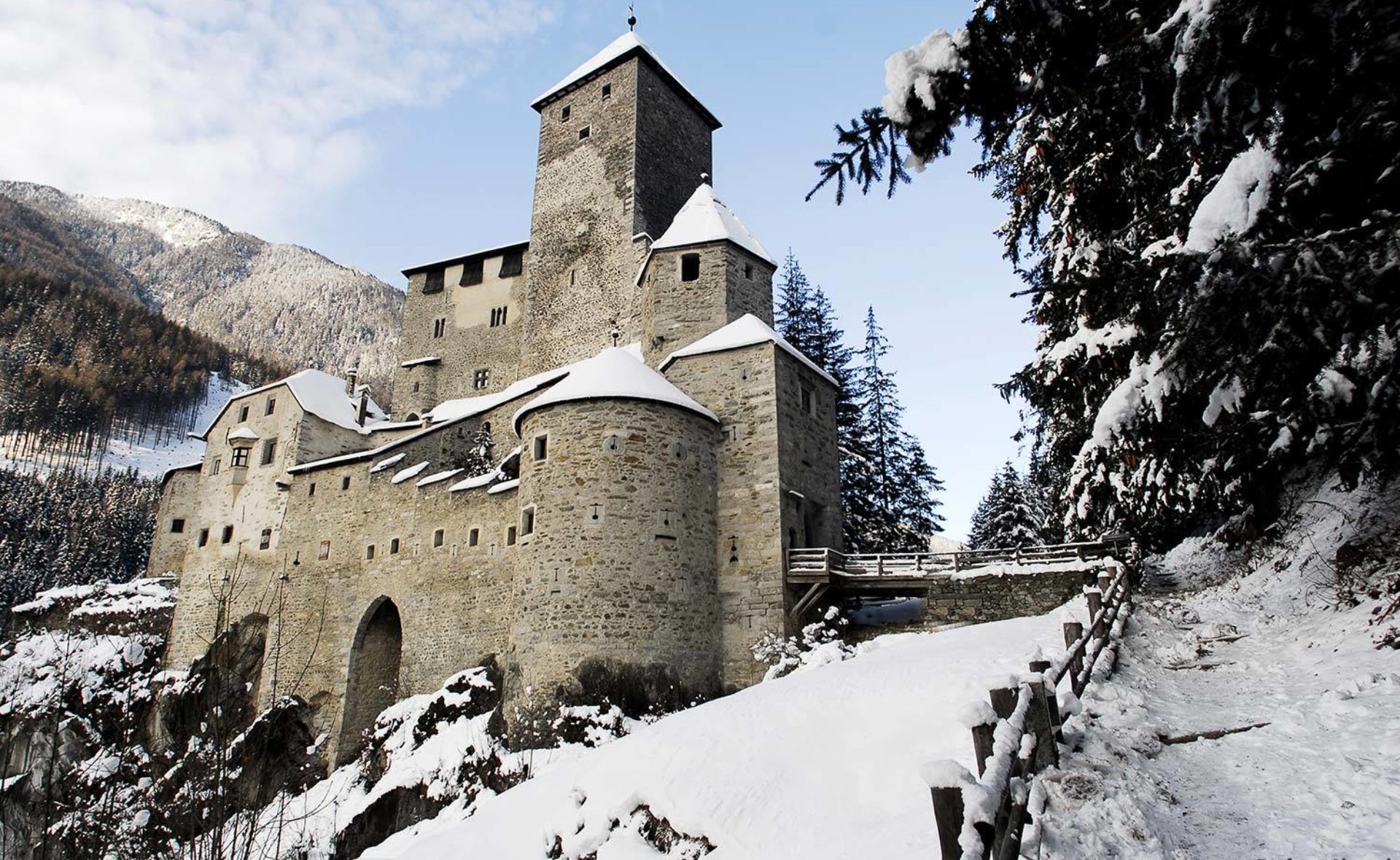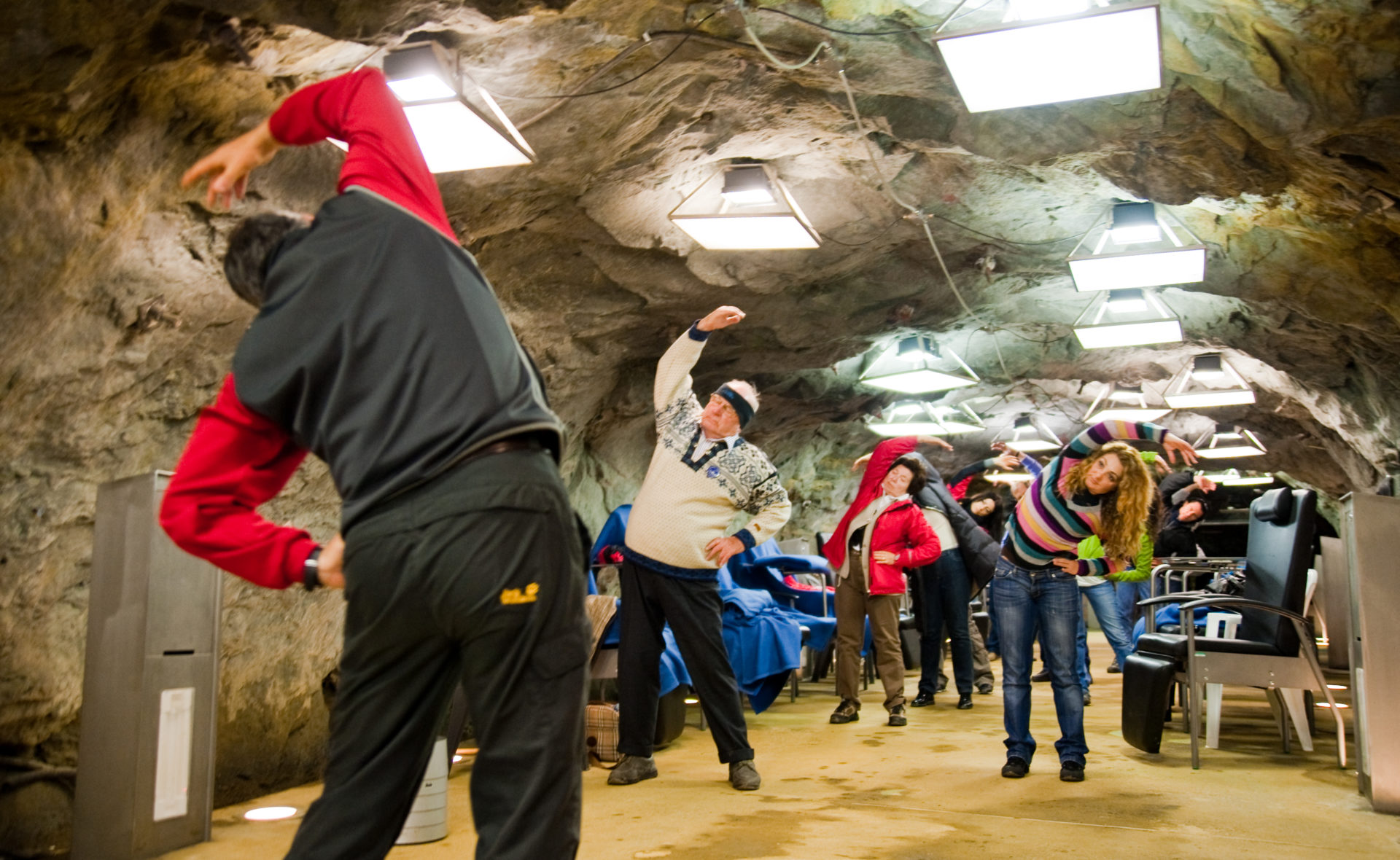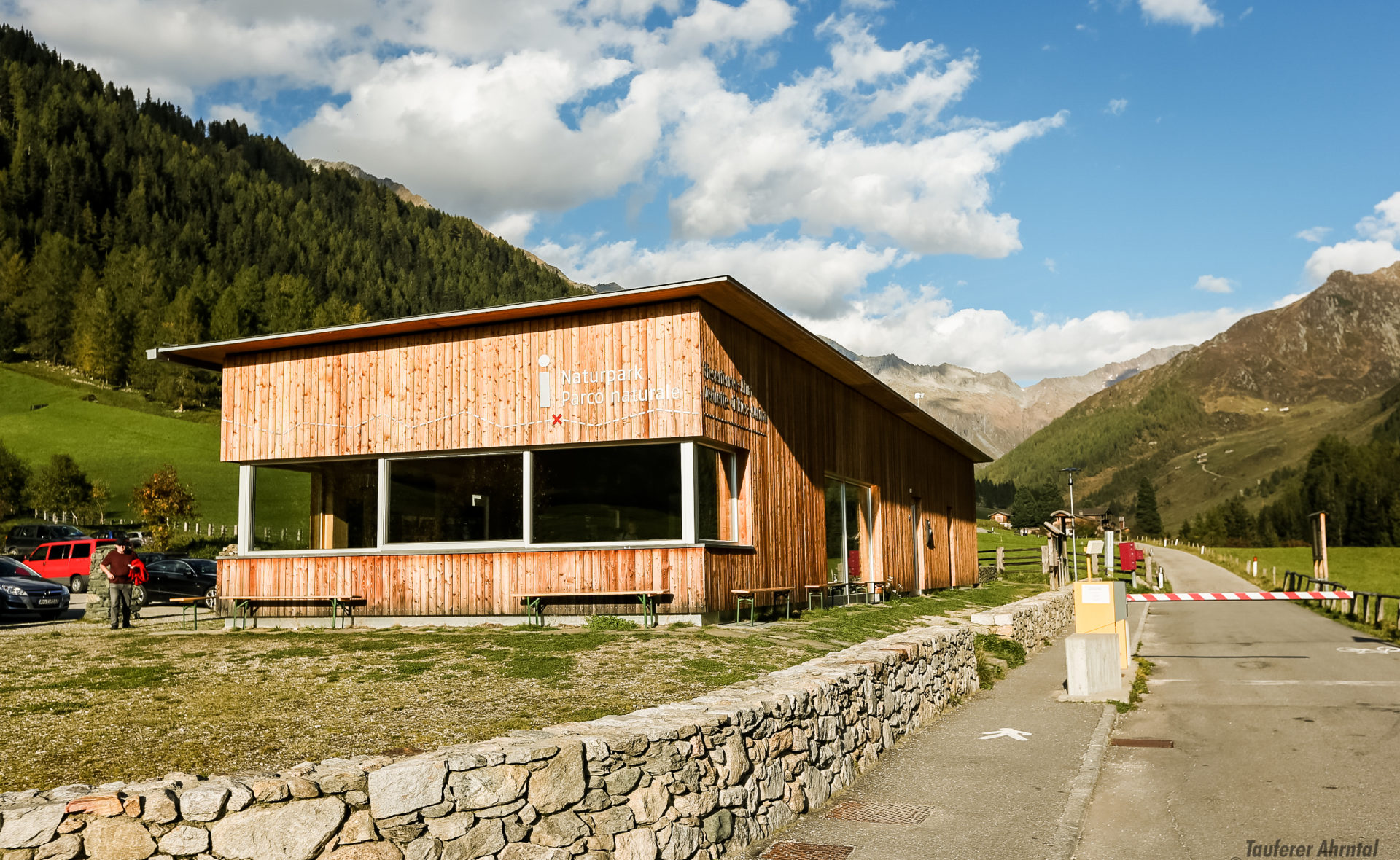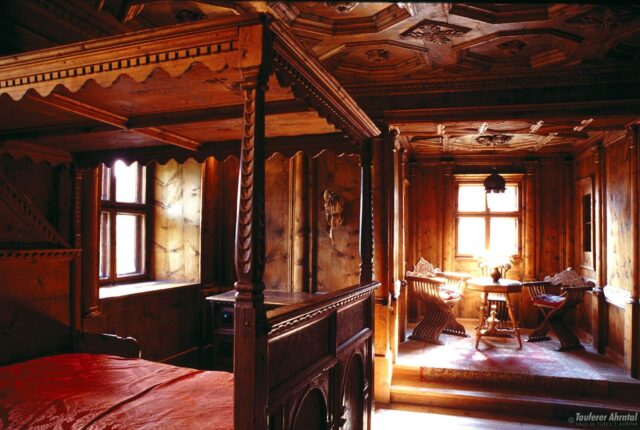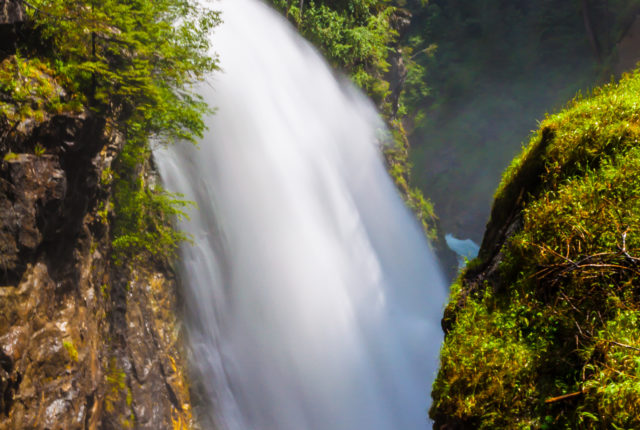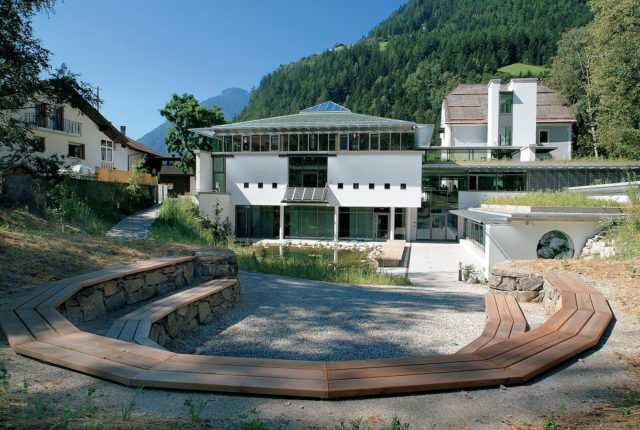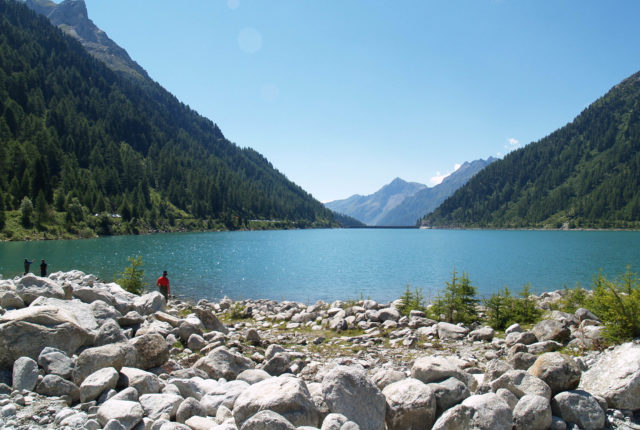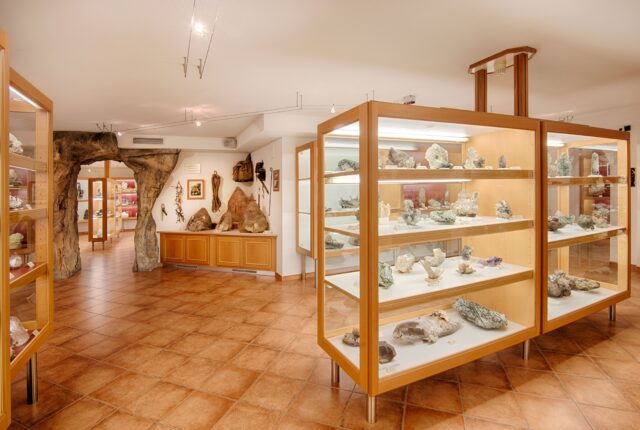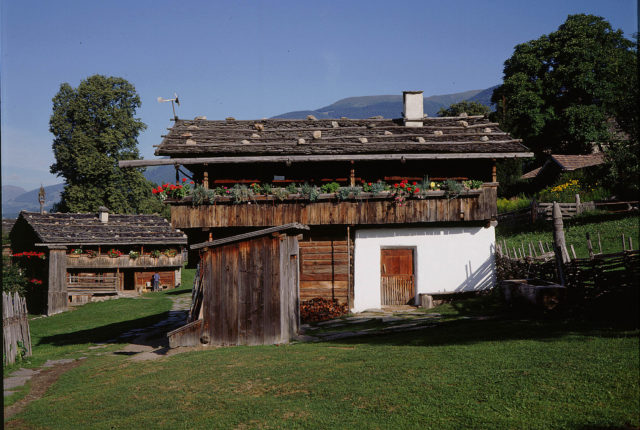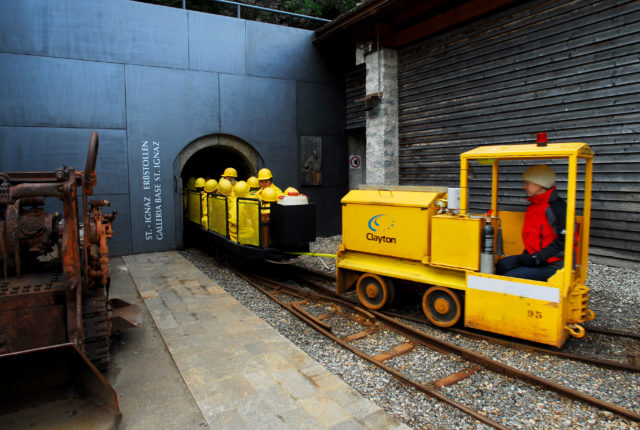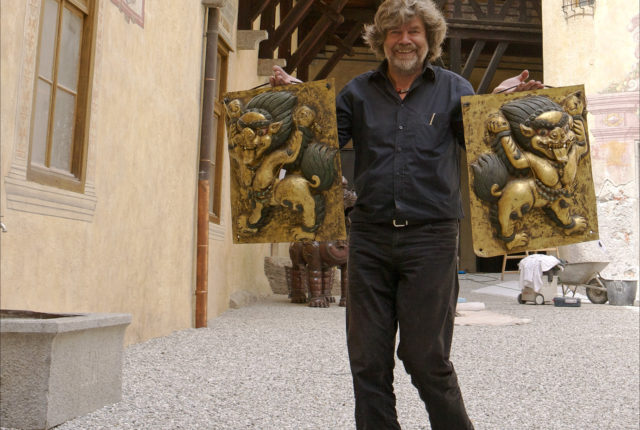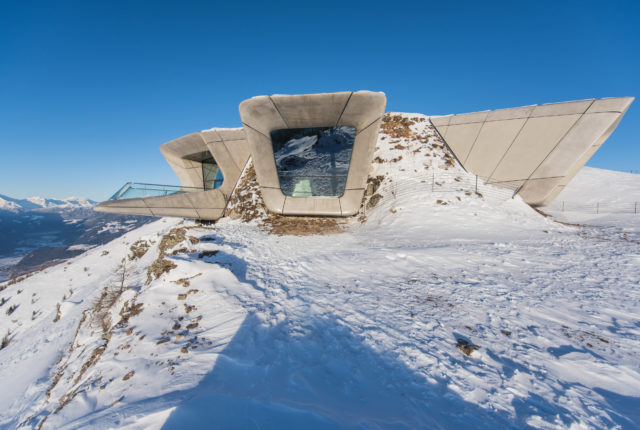Sights worth seeing
Enchanting and wondrous places in Ahrntal, Reintal and Tauferer Tal.
Taufers Castle
The special character of the former residential Dynastic of Taufers annually attracts more than 70,000 visitors into its spell. Children delight in the "armory to attack." Art lovers will enjoy the Pacher frescoes and romantics the storybook castle. With special exhibitions and cultural events, as well as a castle bar in the castle courtyard, the castle invites you to linger.
Reinbach Waterfalls
The striking natural spectacle all along the Franziskusweg close to Sand in Taufers.
An exciting hike at the foot of the Reintal with extremely impressive waterfalls and craggy rock faces. The edge of the route is lined with works of art and the so-called “Cairns”, which were erected by master builders, young and old. In addition, there are even two possibilities to stop for a spot of contemplation.
Nature Park House Sand in Taufers/Campo Tures
The motto of the nature park Rieserferner-Ahrn / Vedrette di Ries-Aurina is “The boundaries of nature, the limits of human kind.” When you first enter the center, a film shot from the perspective of an eagle affords you an unusual impression of the park.
A 3D relief provides visitors with multimedia information concerning the park’s mountains, trails, refuges, lakes and waterfalls. A pendulum gives visitors a close-up look at how the mountains arose, while a kind of stone puzzle provides insight into the geological structure of the mountains. At the center you can also marvel at, observe, and be amazed by altitudes of 3,000 meters and beyond, glacier shrinkage, minerals, life-size hand-carved birds of prey, resilient lichen, and the valley’s typical dialect. Visitor information systems provide information concerning nature, the landscape, and the evolution of the nature park region. And for kids there are fairy tales and legends from times past.
Visitors to nature park Rieserferner-Ahrn / Vedrette di Ries-Aurina experience spatially and temporally all of the beauty and boundaries that are found in the park.
Neves Lake
The Neves Lake, at an elevation of 1,860 m, is located at the foot of the majestic summits of the Zillertaler Alps. An ideal starting point for mountain hikes and alpine tours.
Nativity museum
Experience a spectacular journey through the mystical world of the Nativity. The trail leads from the popular Tyrolean crib via the ancient oriental birth group through to the modern representation in modern art.
Mineral museum
Be enchanted by the intense radiation of the various Alpine crystals. From a decades-long passion for seeking and collecting minerals, the most important museum of the eastern Alps was created.
Folklore Museum
The Folklore Museum at Dietenheim in Bruneck was established in 1976. Sitz is an old, very grand and magnificent courtyard, one of four Maier courtyards in Dietenheim, a village, which was officially documented for the first time in 995, and whose name is evidence of the first settlement of Bavarians in Pustertal.
Prettau Mine and Climatic Gallery
Breathe in clean, allergen- and pollen-free air, do your body and your airways good... why not think of yourself from time to time? In the abandoned mine galleries formed under specific conditions exists a microclimate that does wonders for people with respiratory problems. The climatic gallery is located ~ 1100 metres inside the mountain and should be a place of calm, relaxation, and recovery.
The Messner Mountain Museum in Bruneck
The MMM Ripa at Bruneck Castle, once the summer residence of the Prince-Archbishop, is dedicated to the mountain tribes of the entire world – Asia, Africa, South America and Europe – as well as to their culture, religion and tourism. As mountain culture is reflected especially in the everyday life of the mountain dweller, the “heritage of the mountain”, that for centuries has ensured survival high up in the mountains, is brought closer to museum visitors by means of dwellings, films and encounters.
Messner Mountain Museum at Kronplatz
At MMM Corones, situated on the peak plateau of the Kronplatz, at a height of 2.275 metres, traditional alpinism is the focus of attention, as characterized conclusively by Reinhold Messner. Alpine history is recounted here, as part of the exhibition, as well as presenting the exceptional view of the great Dolomite and Alpine rock faces. At the edge of the greatest observation plateau in the Southern Tyrol, in the distinctive Zaha Hadid Museum building, the view unfolds in all directions, reaching across the country borders: from the Lienz Dolomites in the east to the Ortler Mountain in the west, and from the Marmolada in the south to the Zillertal in the north.
